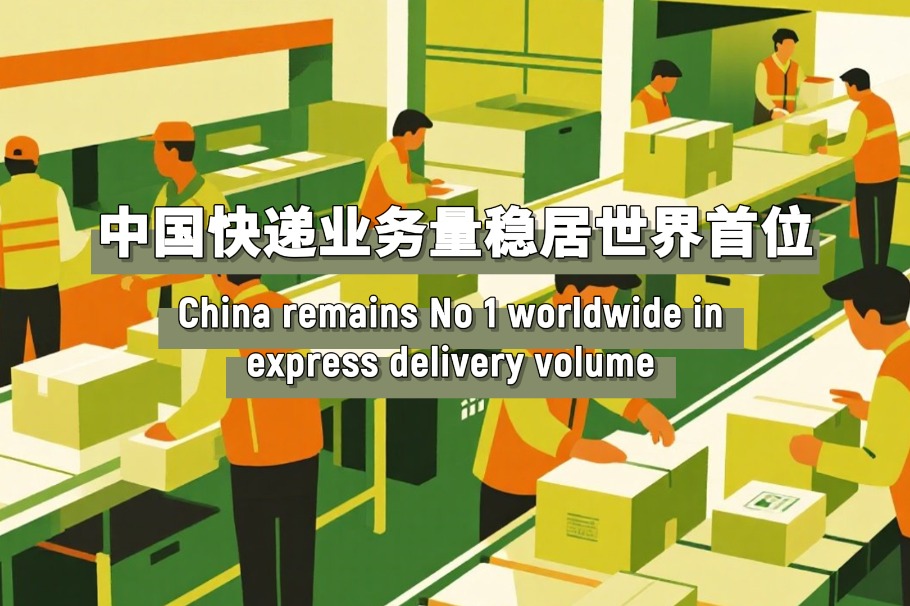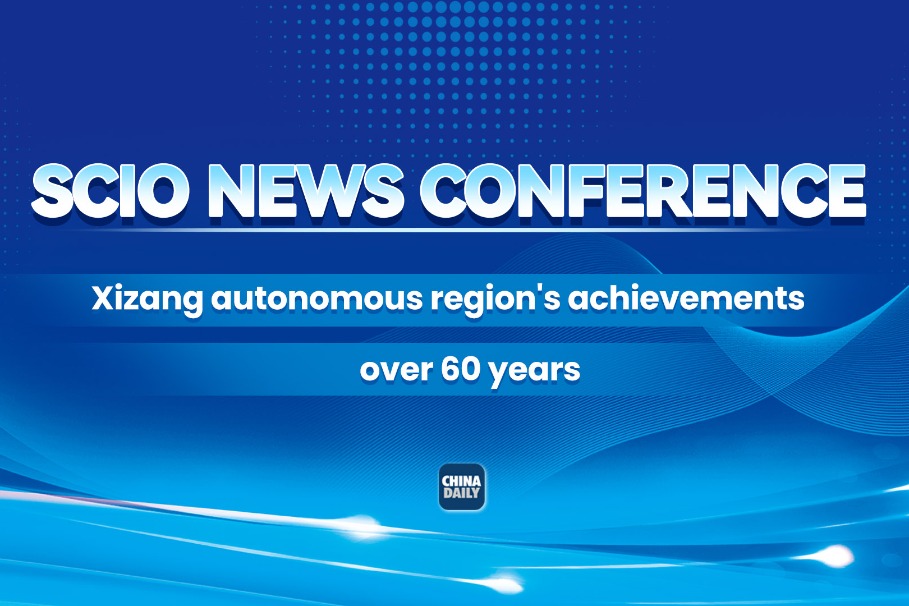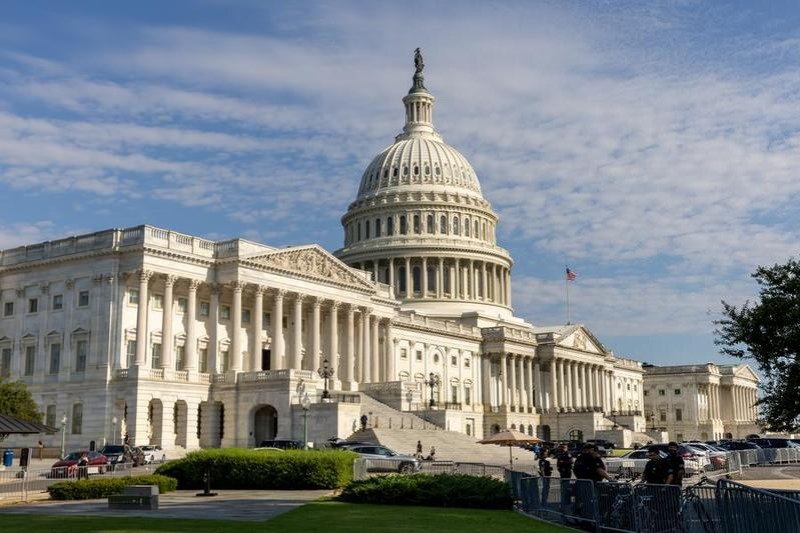Positioning ASEAN as a solution to trade frictions


As the US-China trade frictions continue, ASEAN needs to approach this situation strategically. Leaders should avoid being swayed by the interests of major powers and instead leverage the region's unique strengths. This conflict is not merely about tariffs — it reflects a broader strategic competition between two global superpowers. Below are ASEAN's opportunities and challenges in positioning itself as a stabilizing force.
With over 660 million people (nearly 9 percent of the world's population), ASEAN's consumer base is larger than the European Union's. This makes the region a lucrative market for emerging industries like EVs. For example, ASEAN's EV sales grew by 44.6 percent year-on-year, driven by growing consumer interest and government policy support. In contrast, the EU saw a 1.8 percent decline in EV sales growth.
However, it is essential to note that ASEAN's GDP remains modest in comparison. In 2024, its total GDP (measured by purchasing power parity, or PPP) reached $15.3 trillion, accounting for 7.2 percent of global GDP. ASEAN's collective GDP is projected to reach $4.5 trillion by 2030, making it the fourth-largest global economy. To achieve this, ASEAN must focus on increasing productivity, boosting infrastructure, and investing in technology. More importantly, regulatory reforms are needed to create a more favourable investment climate.
ASEAN also has a young population, with a median age of around 30, far lower than aging societies such as Japan, Europe, or China. A young population means future consumption, an expanding workforce, and the potential for innovation for decades to come. However, talent development remains uneven: only Singapore ranks in the global top 10 of the Global Talent Competitiveness Index (GTCI).To unlock this potential, ASEAN must invest in human capital by focusing on the quality of education and improving children's nutrition.
Moreover, ASEAN is highly internet-savvy. Internet penetration rates have skyrocketed in mobile-first economies like Indonesia, Vietnam and the Philippines. The e-commerce penetration rate in Southeast Asia averages 20 percent, with leaders like Indonesia and Singapore at approximately 30 percent, while the Philippines, Thailand, and Vietnam trail at around 15 percent. ASEAN's digital economy is projected to triple its Gross Merchandise Value (GMV) to $230 billion by 2026, growing at 22 percent annually. However, challenges remain, particularly logistical inefficiencies. Thailand's growing digital adoption also presents opportunities, but the market is highly competitive, and consumer trust in e-commerce needs to be strengthened through digital literacy programs.
Unlike conflict-ridden regions, ASEAN has maintained relative peace and stability. ASEAN leaders do not need to be trapped in a geopolitical dilemma. Instead, ASEAN should be more pragmatic and elegant in proposing its capacity as a solution to these fictions. The world craves stability and growth, not more conflict. By focusing on economic integration and neutrality, ASEAN can position itself as a haven for investment and innovation.
Hasim Habibi is a student of International Public Policy, Tsinghua University and executive chairman of PCINU-China. The views don't necessarily reflect those of China Daily.
If you have a specific expertise, or would like to share your thought about our stories, then send us your writings at opinion@chinadaily.com.cn, and comment@chinadaily.com.cn.


































